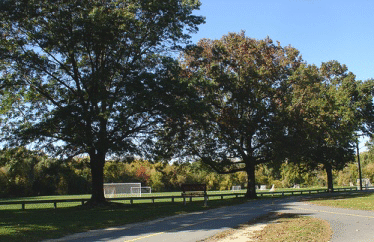About Ash Shade Trees
Fraxinus, the ash genus, includes 43 species of medium or large trees. They all fruit and flower, some more notably than others.
White and Green Ash trees are most common in the Midwest. They are both very large shade trees, growing relatively quickly. Ash trees are frequently found lining boulevards and neighborhood streets. Although they are easy to grow and generally tolerant of many conditions, they are known for producing “helicopter” seeds, or “keys”, in large quantity, which produce seedlings quite readily. Seedless cultivars have been introduced that are preferred alternatives. White and Green Ash, as well as Blue Ash and Black Ash, are being quickly killed off by the Emerald Ash Borer all across the Midwest and toward the East Coast. To avoid expensive preventive treatments, it would be advisable to plant alternatives to ash trees until a solution is found.
If you currently have ash trees or choose to plant an ash in a region not YET affected by the Emerald Ash Borer, preventive measures are important. Keeping your trees healthy is critical by using proper pruning methods, proper mulching and watering, and avoid wounding your trees by running into them with the lawn mower or grass trimmers. Many tree care companies are administering chemicals by injection in hopes of preventing attacks.
Green Ash trees have been widely planted as boulevard trees throughout the continent, and are also known as Red Ash. White Ash trees can be quite showy in autumn and are an important source of timber for baseball bats. Ash trees in general have a strong, but flexible wood.
